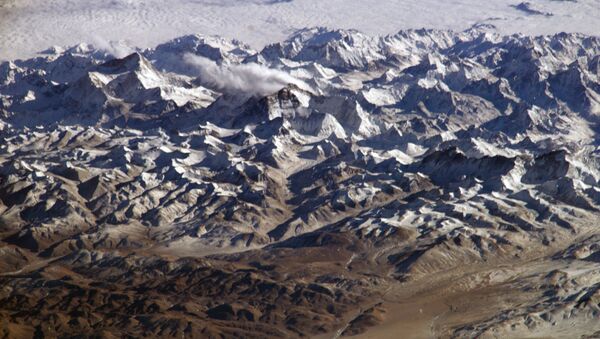A group of scientists has moved to bring forth a bold theory that would provide a new explanation to how the mountain range that has some of the Earth's highest peaks, the Himalayas, was formed millions of years ago.
According to an article by one of the researchers, an MIT PhD student in Earth, Atmospheric and Planetary Sciences named Craig Robert Martin, whereas geologists "generally thought" that the Himalayas were formed in a "single continental collision" about 55 million years ago, his team "has shown" that it was actually a "complex, multi-stage process involving at least two subduction zones".
In order to confirm this hypothesis, Martin and his team undertook numerous expeditions to the Ladakh Himalayas to collect “hundreds of 1-inch diameter rock core samples [and] measure the magnetism” of these rocks and to calculate their “ancient latitude”.
"The original single-stage collision model for the Himalaya predicts that these rocks would have formed close to Eurasia at a latitude of around 20 degrees north, but our data shows that these rocks did not form on either the Indian or the Eurasian continent"”, the scientist explained. "Instead, they formed a chain of volcanic islands, out in the open Neotethys Ocean at a latitude of about 8 degrees north, thousands of kilometers south of where Eurasia was located at the time".
This discovery, Martin noted, "can be explained only if there were two subduction zones pulling India rapidly toward Eurasia, rather than just one".



